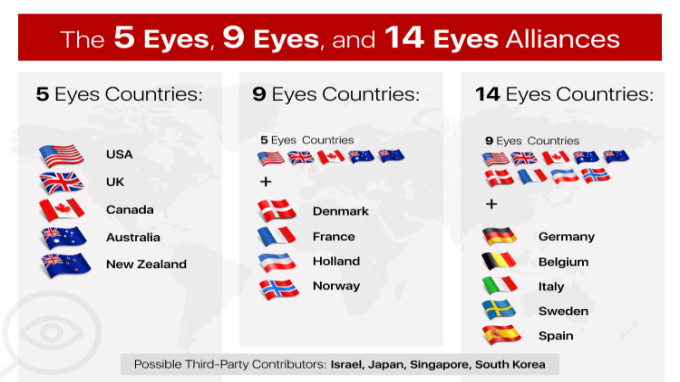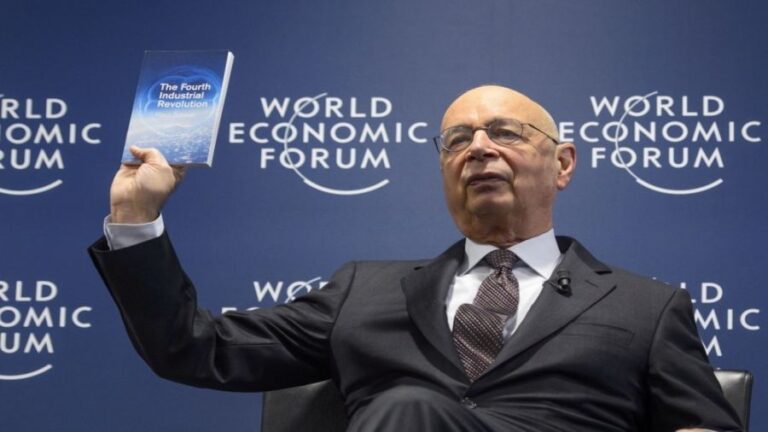Economic Influence as the Basis for China’s Dominance in Southeast Asia
As is well-known, the total length of the state border of the People’s Republic of China (PRC) on land is 22,457 km. Of this length, 4,360 km is the border with Mongolia, 4,179 km is the border with Russia and 2,659 km is the border with India, making the three countries leaders in terms of the length of their land border with China.
However, other countries bordering the PRC, such as Vietnam, Laos and Myanmar, while being separate states, are part of a geographically separate space such as the Indochina peninsula, which then continues into the numerous islands with which it constitutes Southeast Asia (SEA). SEA is a huge region with a large population and diverse resources that is currently going through a period of rapid economic development. With a population and economic potential comparable to India and Russia, it can be seen as a separate and very important area of Chinese foreign policy.
For the PRC, SEA is both a supplier of natural resources and a large market for Chinese goods, services and technology, as well as access to the Indian Ocean, bypassing the rugged Himalayan mountains and a China-unfriendly India. It is also an area of national security for the PRC, separating China from Indian and US naval units present in the Indian and Pacific Oceans. Beijing therefore needs to increase its Chinese presence in SEA as much as possible, tie it up with all kinds of ties and ensure a strong and lasting Chinese influence in the region.
It should be noted that the influence of not only PRC but also its main geopolitical adversary, the US, is now quite large in SEA. US influence is so strong that some states in SEA have US military bases, which can be used by Washington as a means of protecting allies from various threats, as well as a means of controlling its allies.
For example, the US Navy and Air Force are present in Singapore. Singapore is one of the so-called “Asian Tigers”, one of the richest countries in the world in terms of GDP per capita and therefore among the most powerful states in SEA.
Singapore’s seeming wealth makes it a completely self-sufficient power, capable of solving all its problems with money. However, prosperity is impossible without security. Singapore has a well-trained and well-equipped army, yet its military might is not comparable to that of states like the PRC or the US, so globally, despite its wealth, Singapore is forced into the camp of one of these superpowers. The presence of US forces in the country suggests that for now, Singapore is in the US camp.
It should be recalled that one of the reasons for the economic development of the port city-state of Singapore is its geographical location on the coast of the Strait of Malacca. The Strait of Malacca is a strategically important maritime gateway between the Indian and Pacific Oceans, through which, according to various sources, between a quarter and half of all maritime traffic on Earth takes place. It is virtually all maritime traffic between Asia-Pacific and Europe, the Middle East and Africa. Therefore, the presence of US troops in Singapore gives the US a huge advantage in competition with the PRC for both regional and global dominance.
China’s economy is heavily dependent on supplying hydrocarbon fuels from the Middle East by sea through the Strait of Malacca. If the China-US conflict escalates, the US Navy and its allies could close the strait, depriving the PRC of a significant portion of its oil and gas imports and dealing a serious blow to the Chinese economy. It is therefore very important for Beijing to ensure Chinese influence in the Strait of Malacca area.
China’s leading method of increasing its influence in other countries is now economic cooperation, and the main instrument of Chinese foreign economic cooperation these days is the Belt and Road Initiative (BRI). The BRI is designed to link the planet’s most important transport routes, both land and sea, into a single system and to maximize the supply of Chinese goods to all possible destinations. One of the most important destinations for the BRI is Southeast Asia, including Singapore.
As far as Singapore is concerned, Beijing’s foreign economic policy is progressing well: the Celestial Empire has been the country’s main trading partner for many years. Singapore is actively engaged in the BRI project, under which it is developing the China-Singapore Land-Sea Trade Corridor with the PRC, combining sea, rail and road routes. The China-Singapore Corridor not only connects the PRC and Singapore: it is linked to a multitude of routes to different countries around the world. In the summer of 2021, the media reported that the Corridor had already connected 304 ports in different countries, with the commercial hub of the network being not Singapore, the world trade, logistics and financial center, but China’s Chongqing. In the first half of 2021 alone, 952 trainloads of goods were shipped from Chongqing, an increase of about 147% compared to the first half of 2020.
Other SEA countries are also pushing China into the region: for example, in December 2021 a railway linking the Chinese city of Yuxi with Vientiane, the capital of Laos, was inaugurated. Laos is a small, landlocked country and the launching of the railway was a major step for it in overcoming its isolation, which should have an impact on Laos’s economy in the coming years. Meanwhile, Laos is in the heart of Indochina, and the Yuxi-Vientiane road will be an important element of the railway system the PRC plans to cover the entire peninsula with.
Maintaining military bases is very expensive, whereas railways and ports not only pay for themselves, but also contribute to the development of the surrounding areas by bringing benefits, boosting trade and creating jobs. The US is now experiencing a severe economic crisis, and if it continues, Washington will have less and less money to maintain a military presence in SEA.
Of course, the time when the PRC can openly deploy its military bases in strategic locations in SEA is still a long way off. However, military and political power always begins with economic power. And China has already made considerable progress in economic cooperation with SEA: in addition to the aforementioned Singapore, the Celestial Empire is already a major trading partner for Indonesia, Malaysia and Myanmar, that is, four of the eleven states that make up SEA.
The US is the main trading partner for Cambodia, the Philippines, Thailand and Vietnam, also four countries in SEA. However, two of the four states (Cambodia and the Philippines) also had US bases on their territories until recently. Now the presence of US forces in Cambodia is in doubt: in December 2021, following sanctions imposed by Washington on several Cambodian dignitaries, Cambodian head Hun Sen announced the closure of the Ream naval base, which had previously been declared by Cambodia “open to all navies of the world,” for which reason the Americans were present there. The Ream base is known to already be of interest to Beijing. China is now Cambodia’s second largest trading partner after the United States, but it has invested heavily in the Cambodian economy. It is not out of the question that it will soon become the country’s main trading partner. And the “crowning achievement” of the long Chinese-Cambodian cooperation will be the transformation of the “open to all” Ream base into a PRC naval base.
If we compare the build-up of a power’s influence in other regions to the building of a pyramid, the creation of military bases there can be compared to a peak, while the base of the structure should be economic cooperation. Only then will the “pyramid” be strong and enduring. Apparently, Beijing is now “pouring concrete” all over Southeast Asia.







